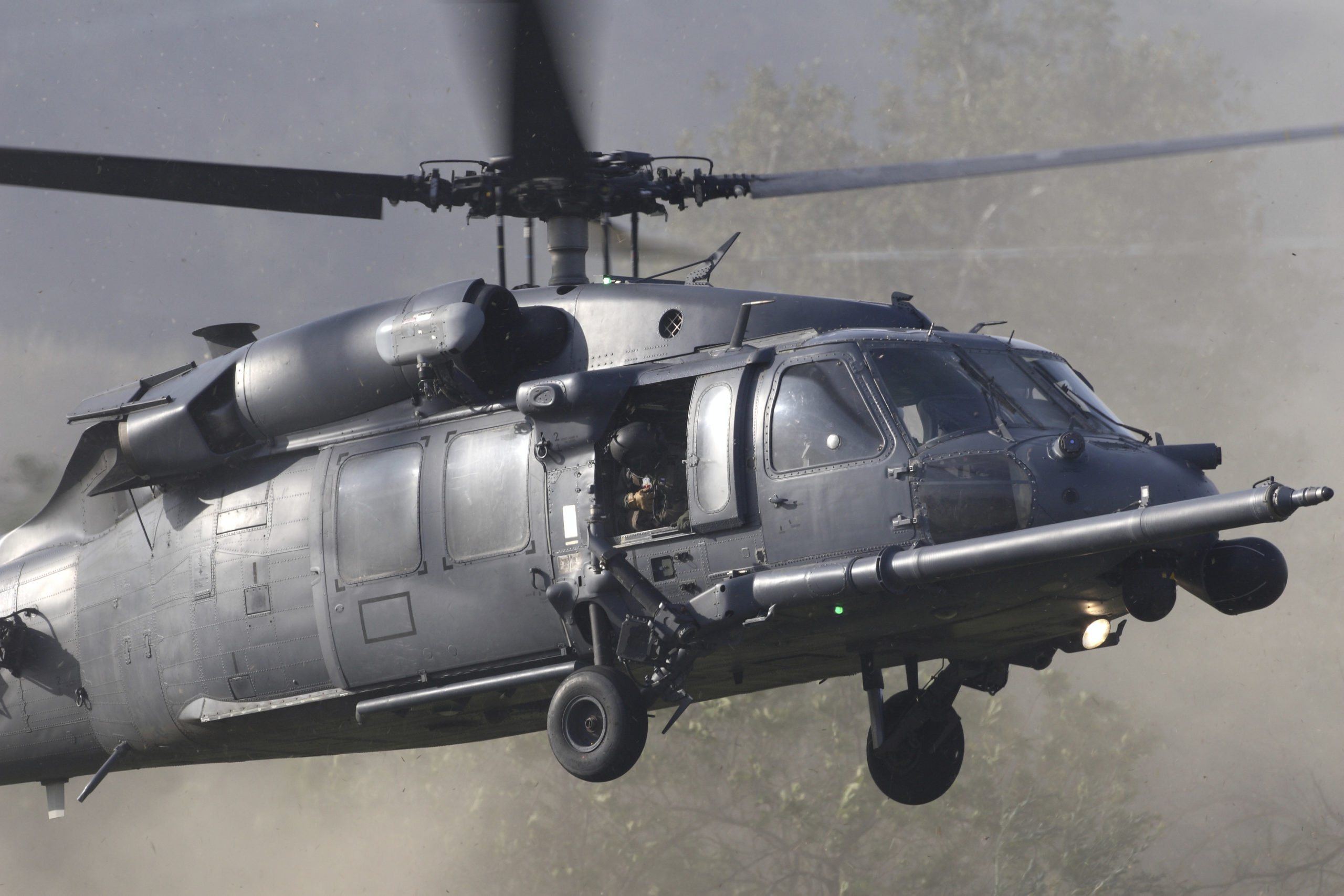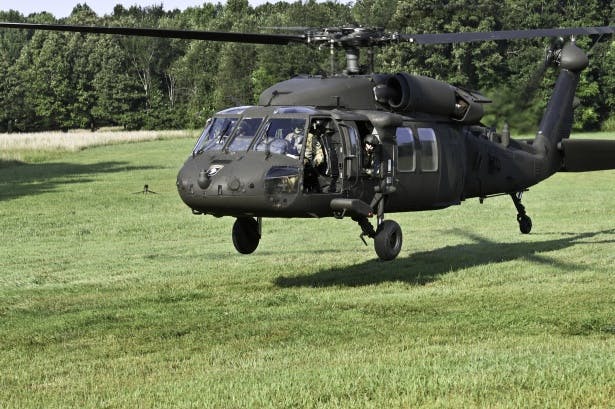Exploring the History and Advancement of the UH 60 Helicopter

Origins of the UH-60
The origins of the UH-60 helicopter can be traced back to the late 1960s, a period noted by the demand for a versatile utility aircraft that could adjust to the progressing demands of modern-day warfare. The U.S. Military recognized the need for a substitute for the older UH-1 Iroquois, which was becoming progressively inadequate for the complexities of modern battle circumstances. In 1967, the Army initiated the Energy Tactical Transportation Airplane System (UTTAS) program, which sought to develop a multi-role helicopter efficient in different goals, consisting of army transportation, medical discharge, and logistical support.
The style competitors brought in several aerospace suppliers, but it was Sikorsky Airplane Firm that eventually safeguarded the agreement in 1972. The UH-60 Black Hawk was presented, showcasing ingenious style aspects and advanced technology that established it aside from its precursors. Its maiden trip occurred in 1974, and the aircraft was formally taken on by the Military in 1979. The UH-60 quickly acquired acknowledgment for its durable performance, integrity, and versatility, leading the method for its substantial usage in army operations and solidifying its standing as a foundation of united state Military aeronautics.
Secret Style Attributes
Ingenious style features of the UH-60 Black Hawk substantially add to its operational efficiency. One of one of the most notable elements is its twin-engine configuration, which boosts integrity and offers a greater power-to-weight proportion, allowing the helicopter to do under different conditions. The airplane's four-blade major rotor system uses boosted lift and maneuverability, vital for tactical missions.

In addition, the cabin is designed for ideal visibility and functional designs, featuring innovative avionics that enhance pilot procedures. The modular layout of the UH-60 enables simple maintenance and adaptability, making it suitable for various objective profiles, from army transport to medevac operations. These crucial style features guarantee that the UH-60 Black Hawk stays a flexible and dependable asset in army air travel, efficient in fulfilling the needs of modern-day war.
Technical Advancements
Current technological advancements in the UH-60 Black Hawk have actually considerably boosted its functional capacities and versatility. The integration of advanced avionics, such as electronic trip control systems and enhanced situational awareness displays, permits pilots to operate with increased precision and efficiency. These systems assist in enhanced navigating, communication, and data sharing, enabling the helicopter to operate successfully in varied environments.
Furthermore, the introduction of composite materials has actually minimized the total weight of the aircraft while maintaining architectural honesty. This decrease enhances fuel efficiency and extends functional variety. The consolidation of innovative rotor modern technology, consisting of using four-blade, totally articulated rotor systems, has actually boosted lift efficiency and maneuverability, enabling better handling in different trip conditions.

Moreover, innovations in propulsion systems, such as the T700-GE-701D engines, have actually enhanced power result and dependability - uh 60. These engines add to remarkable performance in high-altitude and hot-weather conditions
Last but not least, the combination of self-defense systems and enhanced sensor bundles improves the Black Hawk's survivability and objective efficiency. Jointly, these technological enhancements ensure that the UH-60 Black Hawk continues to be a crucial property in modern aviation, visit this web-site efficient in adjusting to the evolving needs of military and altruistic objectives.
Duty in Military Procedures
As the foundation of united state Military aviation, the UH-60 helicopter plays an essential duty in different armed forces operations, offering as a functional system for battle support, transportation, and medevac missions - uh 60. Its style integrates the ability to operate in diverse settings, making it essential for troop activity and logistical support in both conventional and unusual war

In clinical discharge situations, the UH-60 has proven very useful, dramatically reducing the moment to transport damaged soldiers from the field of battle to clinical centers. Its innovative avionics and evening vision capacities even more ensure objective success under challenging conditions. Overall, the UH-60 helicopter continues to be an important asset, continuously adjusting to satisfy the progressing needs of armed forces procedures and enhancing the effectiveness of united state forces worldwide.
Future of the UH-60
Looking ahead, the future of the UH-60 helicopter involves considerable innovations in innovation and capabilities created to boost its functional performance. As army procedures develop, the UH-60 is anticipated to incorporate innovative modern technologies, including boosted avionics, boosted weapons systems, and progressed interaction tools. These improvements will certainly allow for greater situational understanding and objective versatility, ensuring that the UH-60 remains a crucial asset on the battlefield.
One noteworthy growth is the assimilation of fly-by-wire systems, which will boost flight control accuracy and decrease pilot workload. Initiatives to update the airframe and engines aim to enhance read this rate, payload, and array ability, thereby broadening the helicopter's operational scope.
The future also holds promise for enhanced interoperability with unmanned aerial systems (UAS), allowing coordinated missions that leverage both manned and unmanned abilities. Furthermore, the consolidation of expert system and maker knowing could maximize trip characteristics and maintenance processes, resulting in reduced operational prices.
Verdict
The UH-60 Black Hawk helicopter represents a significant achievement in army aeronautics, progressing from the united state Army's initial needs for a flexible utility aircraft. Its innovative layout functions and continuous technical developments have actually ensured its importance in different military procedures over the years. As the needs of modern war adjustment, the future of the UH-60 will likely involve further enhancements and adjustments, reinforcing its status as an essential asset for armed forces worldwide.
The UH-60 Black Hawk helicopter represents a considerable turning point in armed forces air travel, emerging from the U.S. Military's pursuit for a more flexible and trusted energy aircraft in the late 20th century.The beginnings of the UH-60 helicopter can be traced back to the late 1960s, a period marked by the demand for a versatile utility aircraft that might adapt to the progressing needs of modern-day warfare. Generally, the UH-60 helicopter continues to be an essential property, continually adapting to satisfy the evolving demands of military procedures and enhancing the efficiency of United state forces worldwide.
Looking in advance, the future of the UH-60 helicopter includes significant improvements in modern technology and abilities developed to improve its operational effectiveness.The UH-60 Black Hawk helicopter stands for a considerable success in military aeronautics, advancing from the U.S. Army's initial needs for a flexible click over here now utility aircraft.